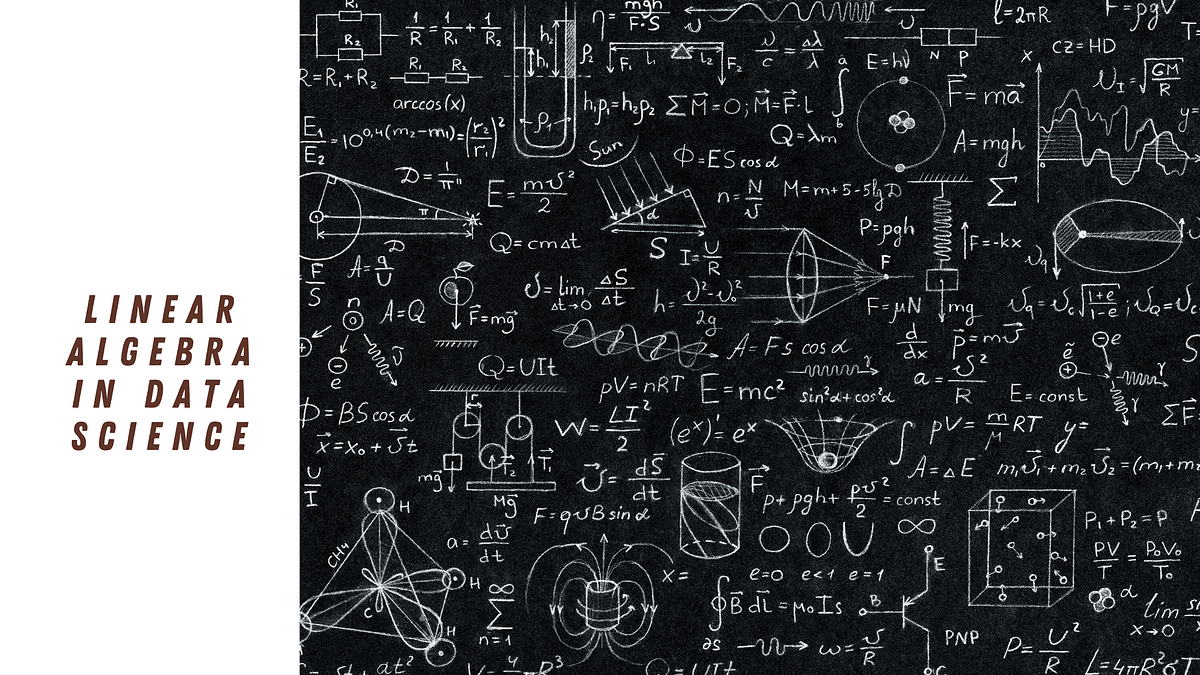When people think of the field of data science in general, or of specific areas of it, such as natural language processes, machine learning, or computer vision, they rarely consider linear algebra. The reason linear algebra is often overlooked is that tools used today to implement data science algorithms do an excellent job in hiding the underlying maths that make everything come true. Most of the time, people avoid getting into linear algebra because it’s “difficult” or “hard to understand.” Although partly true, being familiar with linear algebra is an essential skill for data scientists and computer engineers.You might doubt my argument, as you can implement many algorithms in machine learning and data science without needing to go deep into the math. Nevertheless, knowing the math behind the algorithms give you a new perspective of that algorithm, and hence opens up new doors and applications for you to explore.Linear algebra is the core of many known data science algorithms. In this article, I will discuss three applications of linear algebra in three data science fields. From machine learning, we will talk about loss functions, from natural language processing, we will talk about word embedding, and finally, from computer vision, we will cover image convolution.Let’s jump right into it! 😃
Machine Learning
Machine learning is, without a doubt, the most known application of artificial intelligence (AI). The main idea behind machine learning is giving systems the power to automatically learn and improve from experience without being explicitly programmed to do so. Machine learning functions through building programs that have access to data (constant or updated) to analyze, find patterns and learn from. Once the programs discover relationships in the data, it applies this knowledge to new sets of data. You can read more about how algorithms learn from this article.
Linear algebra has several applications in machine learning, such as loss functions, regularization, support vector classification, and much more. In this article, however, we will only cover linear algebra in loss functions.Loss FunctionThe way machine learning algorithms work is, they collect data, analyze it, and then build a model using one of many approaches (linear regression, logistic regression, decision tree, random forest, etc.). Then, based on the results, they can predict future data queries.But…How can you measure the accuracy of your prediction model?Using linear algebra, in particular using loss functions. The loss function is a method of evaluating how accurate your_ prediction models_ are. Will it perform well with new datasets? If your model is totally off, your loss function will output a higher number. Where if it were a good one, the loss function would output a lower amount.
#science #artificial-intelligence #data-science #machine-learning #mathematics
